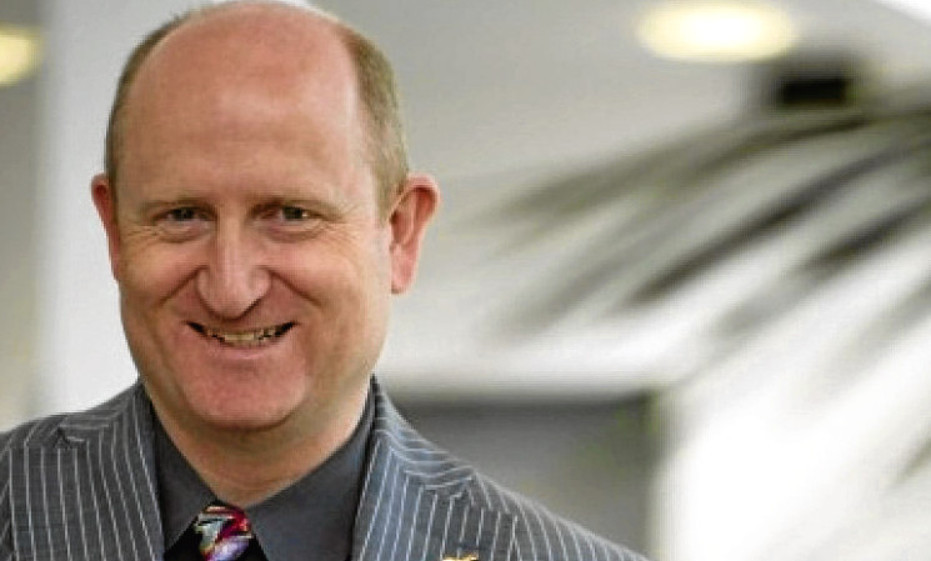Standards in Scotland’s health service have been allowed to slip further in 2016 while the SNP government has been distracted by the constitution.
These are not the words of this columnist but of one of Scotland’s leading doctors.
Peter Bennie, chairman of the BMA (British Medical Association) in Scotland, used his Christmas message to warn politicians of the grave state of our NHS.
And he urged ministers to make saving the service a priority for the New Year instead of trotting out another “tired mantra” about record spending.
“Much of the focus this year has been on constitutional issues surrounding the UK’s exit from the European Union,” said Dr Bennie.
Meanwhile, the NHS has become “over burdened and under financed”, with staff feeling burnt out and anxious, positions across the service going unfilled and health boards “struggling to cope”.
His diagnosis is dire and cannot be brushed aside by a complacent Health Secretary. Shona Robison, a close friend of the First Minister, Nicola Sturgeon, took over the health portfolio from her boss in 2014. Together, they must shoulder much of the blame for the current crisis.
The Scottish Nationalists have been in office for almost 10 years – with health a devolved matter throughout – and have long claimed to be the champions of the NHS, even its saviour.
During the 2014 independence referendum, SNP campaigners shamelessly politicised health, bragging they alone could protect the service.
More recently, the Nationalists told striking junior doctors in England that the Scottish NHS was better run and they would be welcome north of the border.
Yet many of us know medics here who work in intolerable conditions. Good GPs are retiring early under stress, and consultants’ posts remain vacant.
The Health Secretary boasts that Scotland is spending more on the NHS than ever before and has more nurses and doctors.
But this, said Dr Bennie, “completely misses the point”. The service is facing “unprecedented challenges” and there are “significant problems” in recruitment and retention of doctors, nurses and other health professionals.
“Action is needed now to make Scotland a more attractive place to work,” he said.
Money is wasted on vote-winning gimmicks such as free prescriptions, which mean the middle classes don’t have to pay for cough medicine for their children, while vital care is inaccessible.
Dr Bennie says the gap between demand and resources has to be addressed by looking at the services that can be realistically delivered.
His scathing criticism comes after the publication in October of Audit Scotland’s grim verdict of Scotland’s NHS. That too spelt out how health boards faced being “massively underfunded, understaffed and unsafe”.
There are no easy solutions for the NHS, here or in the rest of the UK, as the population ages and finite resources are increasingly strained.
But acknowledging the extent of the task ahead would be a start, rather than mouthing platitudes and issuing hollow “blueprints”.
Robison defended her department, saying she has put out a National Clinical Strategy and a National Delivery Plan in the past few months.
But all her talk of building blocks, stakeholders and transformational change does not impress the professionals who see first-hand, every day, the scale of the government’s failings. What we need is a plan of action – “an honest, public debate”, said Dr Bennie – about how and where resources are directed.
“Let’s make a commitment for the New Year to set our sights firmly on finally developing and delivering a clear plan for an appropriately designed and resourced NHS in Scotland.”
Is this possible? The BMA seems almost resigned to the inevitable response from ministers; any change, it concedes, will be hard to achieve “when there can be political mileage to be made from supporting the status quo”.
It is one thing for political opponents to attack the government’s mishandling of the health service but quite another for the medical profession to wring its hands so publicly.
What Dr Bennie is saying, loud and clear, is that the SNP is guilty of extreme neglect and of mismanaging treasured public health provision.
Pretty much the same could be said of other devolved services, particularly education.
Over the past decade, the SNP has shown itself to be a successful electioneering machine, securing a power base in Holyrood and influence at Westminster.
But its central mission, breaking up Britain, has not been advanced and the electorate remains as implacably opposed as ever to independence.
That alone should steer Sturgeon away from constitutional matters in 2017 but if respect for the voters is not motivation enough, then the reproach from the BMA should make her sit up and listen.
A radical restructuring of the NHS in Scotland is required and that will take not just resources but rethinking – and putting the needs of Scots before those of the SNP.
